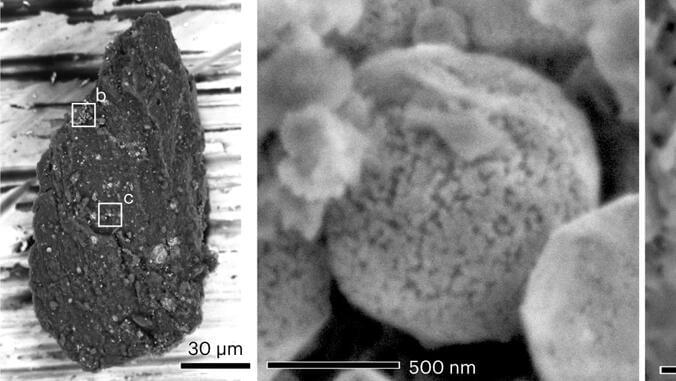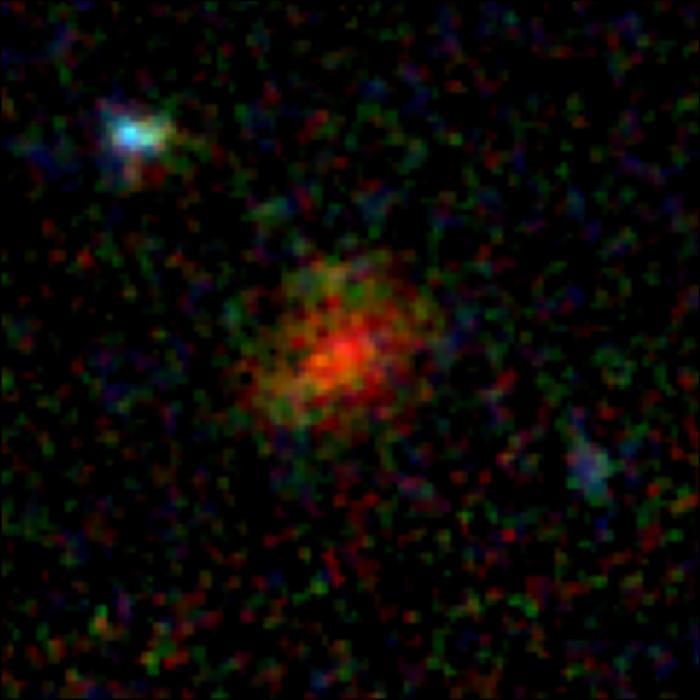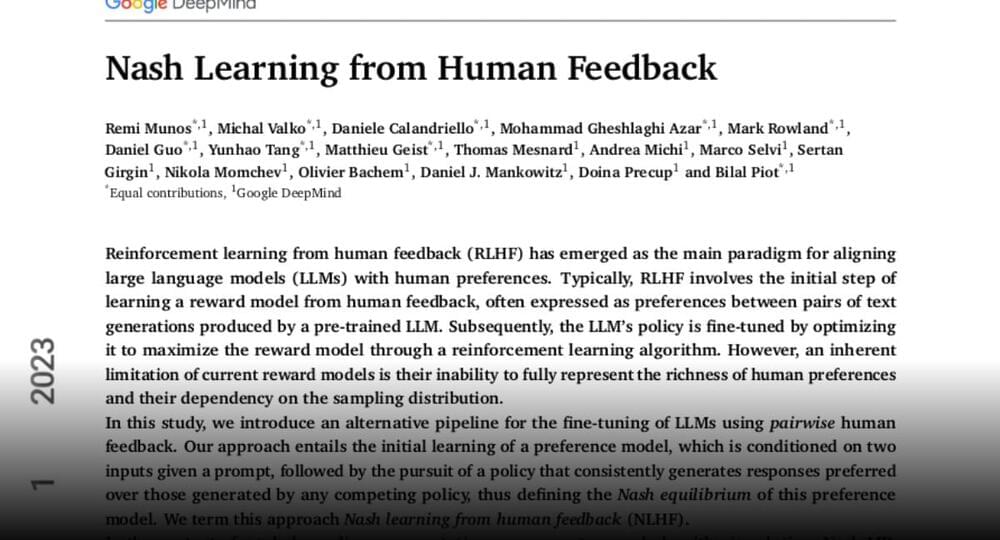So if I heard this right, after 8 minutes or so, the effects are temporary and he indicates people would have to take this every couple of years.
Here Akshay talks about his interest in aging, how he met with Dr Katcher and formed Yuvan Research and their experiments with E5 and the results that they saw.
Some links are affiliate links so we will earn a commission when they are used to purchase products.
Renue By Science 10% : Code MHS NMN https://tinyurl.com/3wr8pr3t.
ProHealth 15% discount Code MODERN : https://prohealth.pxf.io/zNOPoW
NMN http://prohealth.pxf.io/JzQaER
NOVOS Core & Boost https://novos.sjv.io/QyWP7o code 5OFFMHS
DoNotAge 10% discount code MHS https://tinyurl.com/6dbvhv87
Nuchido Time+ 20% discount of first purchase with code MODERN20 https://nuchido.com/MODERN
NMN Bio 10% off all products https://tinyurl.com/2af2v2fw Code ModernHealthSpan10 in link.
☕If you would like to support our channel, we’d love a coffee…thank you! _https://www.buymeacoffee.com/mhealthspan_
*Insidetracker* 20% discount Code MODERN20 _https://insidetracker.sjv.io/NkbP7V_
*Bulletproof* 15% off with coupon code: HEALTHSPAN15: _https://tinyurl.com/4npjk5vp_
*SiPhox Health* 20% Code MODERN blood test (only in US & Canada) _https://siphoxhealth.com/discount/modern_
*Delavie Sciences* 10% Code Modern Age Defying Serum https://tinyurl.com/yp2jmhy8 Eye Refresh https://tinyurl.com/mt8knv3s.
*OmegaQuant* 5% discount Code MODERN _https://omegaquant.com/shop/_
⏲️Chapters.







